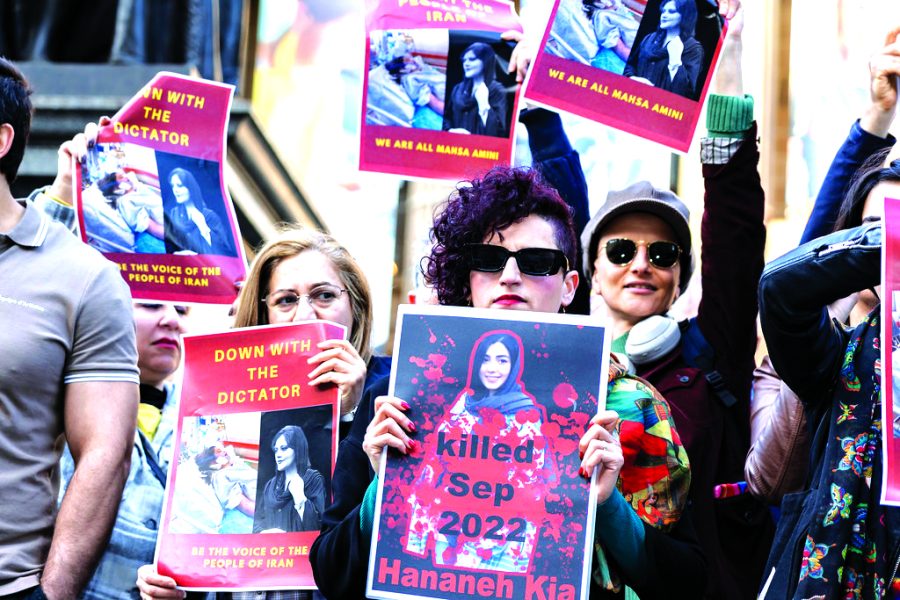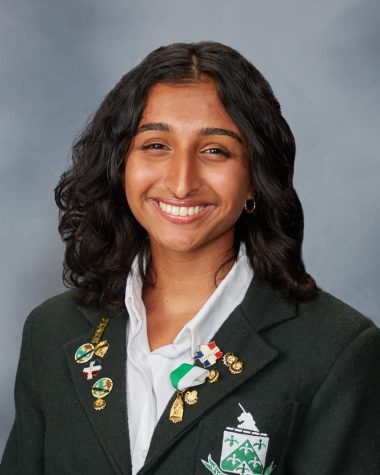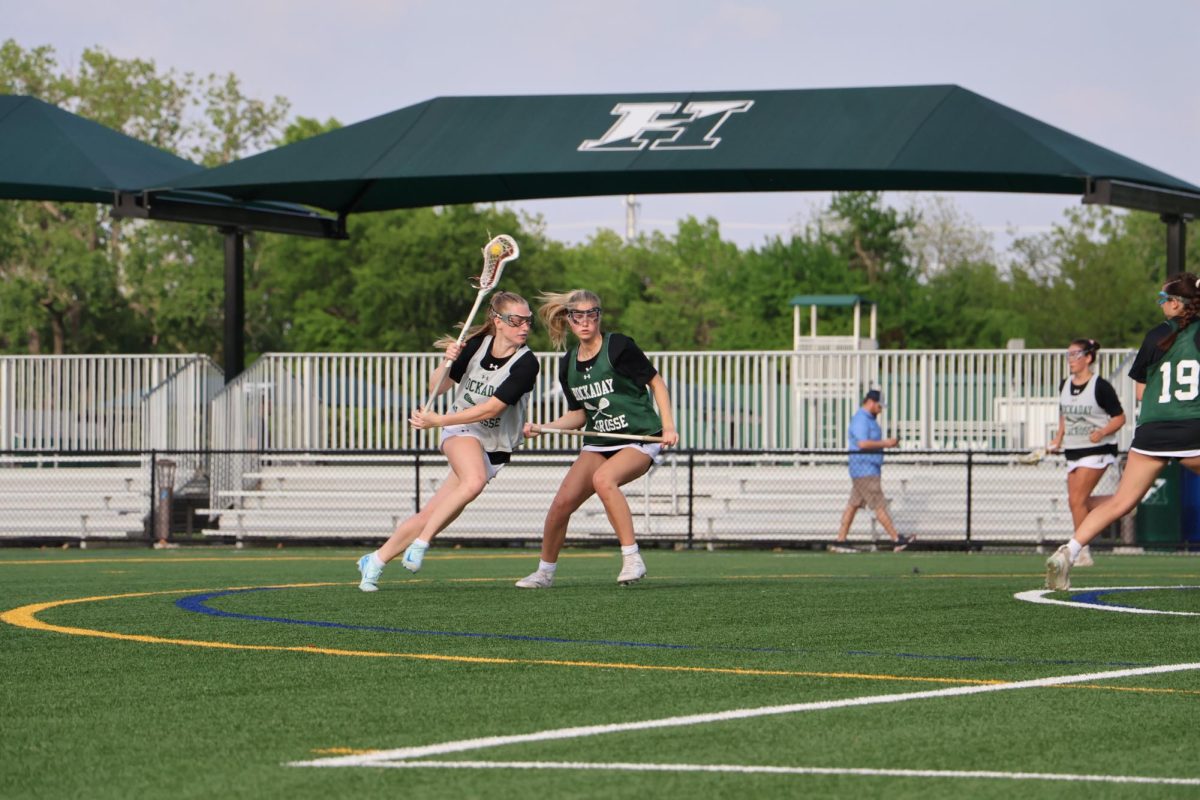Understanding Iran
Protests erupt after the death of Mahsa Amini
November 10, 2022
“Women! Life! Freedom!”
This is the chorus that has been echoing across Iran since Sept. 16, when an Iranian woman, Mahsa Amini, was allegedly killed by authorities for miswearing her headscarf, or “hijab.” Across the country, thousands of women are standing up in protest against the rule of Iran’s Islamic Republic government to avenge Amini’s death and to demand liberty from the restrictive regime.
Dr. Wesley Lummus, Modern Middle East teacher, said it is impossible to understand the current unrest without looking back at Iran’s history.
The roots of today’s protests, Lummus said, can be traced to the Revolution of 1979, when the Shah of Iran was overthrown and the theocratic Islamic Republic of Iran was created. The conservative Republic instituted strict, gender-based rules that limited women’s freedom of movement in society.
Junior Yalda Haghighat’s parents lived through the Revolution. They have been drawing connections between today’s protests and the ones they lived through in 1979 against the Islamic Republic’s autocratic rule.
“This set of protests hits deep for my whole family, because it gave my parents a big sense of deja vu,” Haghighat said. “They dealt with this 43 years ago in 1979—when my mom was my age, this was all happening, so for her, it’s a very weird parallel.”
Lummus said past efforts to reform Iran’s strict regime have also contributed to the overall feeling of anger and alienation that defines Iran’s population today.
“A big moment was 1997, when Iran’s President Khatami, a reformist, tried to reform the Islamic Republic to make it more democratic and responsive to the people,” Lummus said. “He failed because of the hardliners and so a lot of the long term fallout is from that value, the frustration from that moment.”
As a part of its gender-based restrictions, Iran’s theocratic regime maintains strict dress code laws that require women to wear “hijab.” On Sept. 13, 22-year-old Mahsa Amini was arrested by Iranian authorities for wearing her headscarf “too loosely” and was allegedly beaten to death in custody. Her brutal murder sent waves across the country, inspiring women to mobilize in action against the regime.
Female protestors have taken to the streets of Iran’s major cities, cutting their hair, challenging Iranian police and burning their head scarfs in dissent against the restrictive government.
Teenagers are leading many of the displays. Many are being arrested—and killed. Two young protestors, Nika Shakarami and Sarina Esmailzadeh, went missing on Sept. 20. Ten days later, their families received word of their deaths. They allegedly suffered blunt force head injuries while in custody by Iranian officials after being arrested in Tehran.
To galvanize global support, protestors have posted videos and photos on social media depicting the bravery of the women on the frontlines. One photo of a woman cutting her hair off while staring down an Iranian officer went viral on multiple platforms.
In general, though, word coming out of the country is heavily limited, as Iranian officials have instituted a “media blackout” that is censoring media and communication within and from Iran.
To raise awareness for the current situation in Iran, junior Haghighat is spreading the word via social media and has participated in protests here in Dallas.
“Whatever sources I can find that I know are credible, I’m sharing them, even though it’s a lot, because I feel like I have to do my part,” Haghighat said. “Western media doesn’t like to cover this stuff very often – we have to push it forward.”
In Lummus’ Modern Middle East class, Haghighat’s words are echoing true. Like Haghighat, Lummus’ students are realizing the value of highlighting Iranian voices and raising awareness in a conscious way.
“We have to understand this conflict through the scope of allyship,” Lummus said. “We have to elevate voices on the front lines rather than add our own perspective.”
Lummus added that, as a teacher at an all-girls school, he feels it’s important to include discussions on the protests in Iran in his Modern Middle East classroom curriculum.
“This is very much a woman’s issue, and it’s very much about equality within a society,” Lummus said. “I think that that directly speaks to something that Hockaday should value, especially as a center of female education.”
As the protests continue to unfold in Iran, Haghighat hopes that more students and community members will get involved and spread awareness for the Iranian women standing up for freedom.
“I think it’s really important to stay informed because here in the U.S., and especially at Hockaday, we take the rights and privileges that we have for granted,” Haghighat said. “In Iran, they’re fighting for basic human rights, they’re fighting for the right to just be a woman and to be able to live as a woman freely.”






